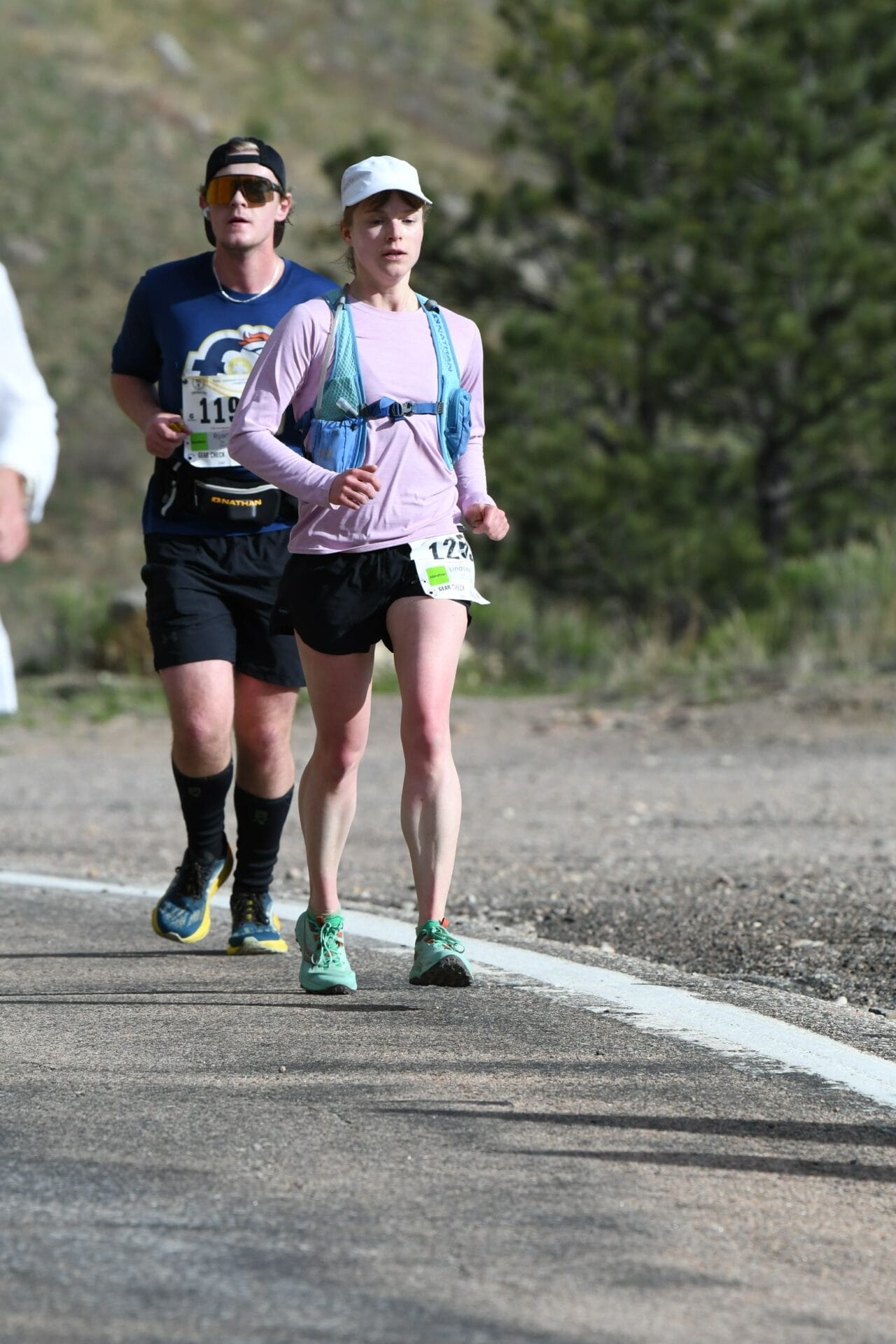
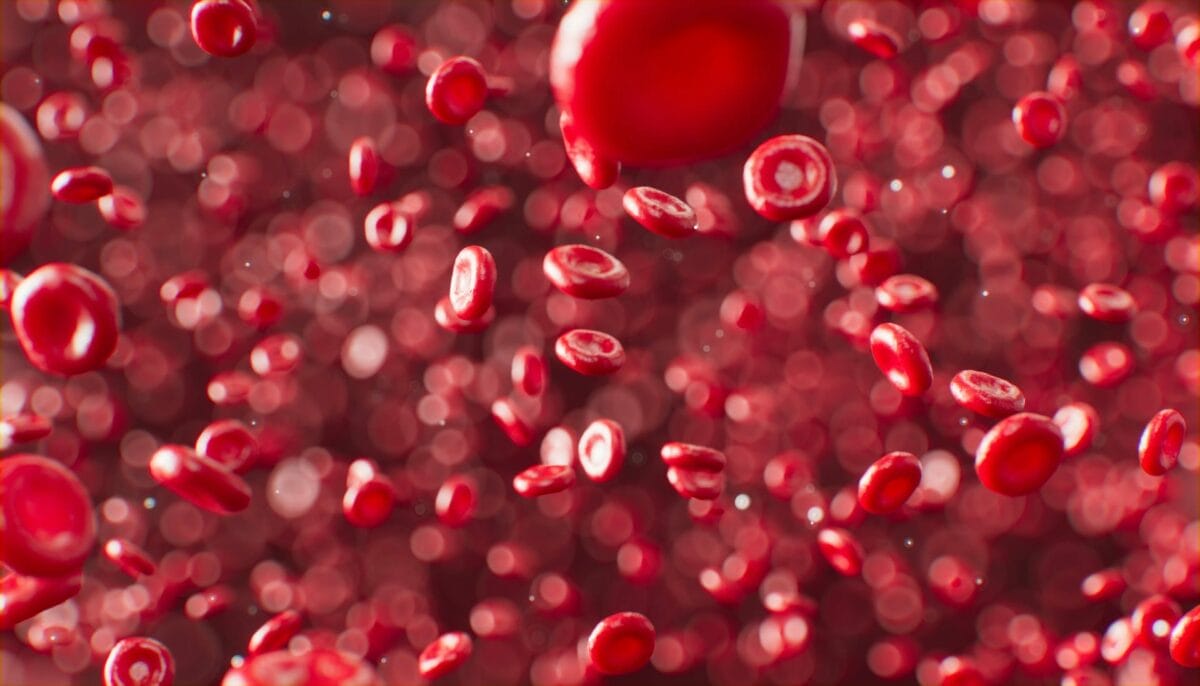
There are few nutrients more critical than iron for mountain athletes!
Your body requires iron to synthesize hemoglobin and myoglobin, the proteins that shuttle oxygen throughout your bloodstream and muscles, respectively, and that must increase to allow your body to adapt to altitude.
Iron is also needed to help enzymes in your mitochondria, your energy “powerhouses,” produce cellular energy. In other words, without sufficient iron, your health and athletic performance will suffer.
In this article, we will discuss the crucial roles of iron for mountain athletes, how to properly test your iron level, and how to restore optimal iron status through diet and, when appropriate, supplementation.
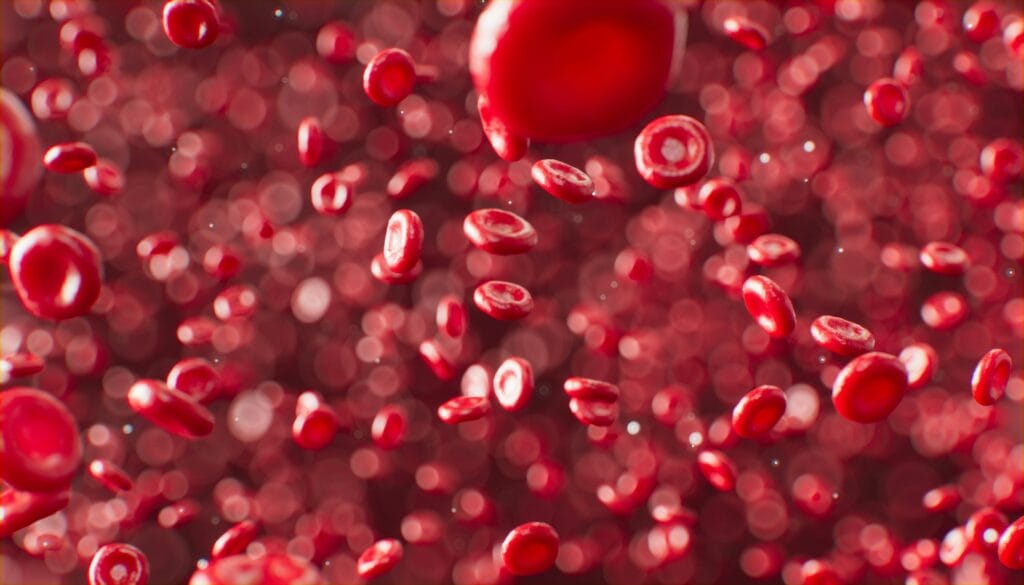
Iron is a mineral that the body requires for optimal growth and development. It is an essential component of hundreds of proteins and enzymes inside the body that regulate everything from oxygen transport to energy production to DNA synthesis.
Iron is a central component of hemoglobin, the protein that facilitates oxygen transport in red blood cells, and myoglobin, an oxygen-carrying protein in the red blood cells and skeletal muscles.
Active individuals require an optimal iron intake to shuttle oxygen throughout their bodies during exercise and provide oxygen for essential physiological functions. When iron levels drop too low, overall health and athletic performance can be impaired.
Living and exercising at altitude makes maintaining an optimal iron status even more important.
Altitude exposure increases the body’s need for iron to support a higher rate of erythropoiesis, the production of red blood cells. The body tries to increase red blood cell production at altitude to help the body transport oxygen effectively in the presence of less oxygen (a lower partial pressure of oxygen). Therefore, the body’s need for iron increases at altitude. (Source)
In addition, athletes often need more iron than the average sedentary person because their bodies can lose iron through hemolysis, the breakdown of red blood cells, sweating, and even minor gastrointestinal bleeding.
Premenopausal female athletes are at an even greater risk of iron insufficiency or deficiency because they regularly lose iron through menstrual bleeding. (Source)
The amount of iron required by mountain athletes is contingent on many factors, including:
The iron RDA for men is 8 mg/day for men and postmenopausal women, 18 mg/day for premenopausal women, and 27 mg/day for pregnant women. However, mountain athletes may need significantly more iron than this. Some authors suggest that runners at altitude may need at least an extra 4.9 mg of iron per day on top of the RDA. (Source)
It is crucial to ALWAYS test your iron status before supplementing with iron because it is possible to get too much iron. Excess iron intake, especially through supplements, can increase oxidative stress and inflammation in the body and negatively affect many organ systems, including the liver.
Please note that low iron levels in individuals over age 50 can be caused by colon cancer. Therefore, if you are over age 50 and have low iron, it is crucial that you discuss this with your physician.
There are conflicting opinions about what constitutes an optimal iron level for mountain athletes. In general, I recommend aiming for the following ranges:
Of course, always consult your healthcare provider to assess your iron biomarker ranges.
Iron insufficiency and deficiency exist on a spectrum. Iron deficiency anemia (IDA) occurs when low ferritin levels subsequently lead to low hemoglobin levels.
Iron deficiency without anemia (IDNA) occurs when ferritin levels are low (typically, this is defined as ferritin below 30 mg/L, but hemoglobin levels are normal. This is why getting a complete iron panel is crucial, not relying just on hemoglobin or serum iron and hemoglobin. Ferritin is the first iron marker to drop along the trajectory of iron deficiency.
Food sources of iron are not all created equal. There are two primary forms of iron found in food, heme and non-heme iron, and the efficiency with which they are absorbed and utilized by the body (referred to as “bioavailability”) differs substantially.
Heme iron is a form of iron found only in animal foods. It absorbs at a rate of about 25-40%. Plant foods contain non-heme iron, a significantly less bioavailable form of iron that absorbs at a rate of about 2-13%. (Source)
Here’s an overview of heme and non-heme food sources of iron and the amount of iron provided per serving:
| Non-Heme Iron Food | Serving | Iron amount (milligrams) |
| Spinach, boiled | 1 cup | 6.79 mg |
| Lentils, cooked | 1 cup | 6.59 mg |
| Pumpkin seeds | ¼ cup | 4.65 mg |
| 70-85% cacao dark chocolate | 1 ounce | 3.37 mg |
| Edamame | ½ cup | 2.38 mg |
| Black beans, cooked | ½ cup | 1.91 mg |
| Chickpeas, canned | 1 cup | 1.49 mg |
| Quinoa, cooked | ½ cup | 1.46 mg |
| Eggs | 2 eggs | 1.39 mg |
| Kale, raw | 1 cup | 1.04 mg |
| Spinach, raw | 1 cup | 0.813 mg |
| Heme Iron Food | Serving | Iron amount (milligrams) |
| Beef liver | 3.5 oz | 23 mg |
| Liver pate | 1 tablespoon | 1.21 mg |
| Chicken liver | 2.5 oz | 11.63 mg |
| Chicken hearts | ½ cup | 7 mg |
| Mussels | ½ cup | 6.72 mg |
| Oysters, canned | ½ cup | 7.05 mg |
| Venison, roasted | 3.5 oz | 4.47 mg |
| Clams, canned | ½ cup | 3.31 mg |
| Sardines, canned | 1 can | 3.10 mg |
| Beef 90% lean/10% fat, ground | 4 oz | 2.53 |
| Pork, ground | ½ cup | 1.62 mg |
| Tuna, canned | ½ cup | 1.33 mg |
| Turkey, ground | ½ cup | 1.08 mg |
| Chicken breast | 3.5 ounces | 1 mg |
Additional tips for improving iron absorption:
First and foremost, you must check your iron status with a complete iron panel to determine whether you are iron insufficient or deficient before supplementing with iron. Taking supplemental iron when you don’t need it is harmful!
I’m not going to provide any dose suggestions for iron because it is 100% individual, and no single dose is suitable for every iron-insufficient or iron-deficient athlete. However, an alternate-day dosing strategy for supplemental iron may be best for optimizing iron absorption. Taking supplemental iron daily may upregulate hepcidin significantly enough that it actually downregulates iron absorption; this is why the alternate-day strategy may work best.
If you and your practitioner determine that you need more iron and dietary sources won’t be enough to raise iron significantly, you may begin an iron supplement. The dosage should be based on your current iron level and, typically, your goal ferritin level.
Another reason to work closely with your provider if you supplement with iron is to test your iron levels every 6-8 weeks to ensure you don’t get too much iron and to adjust your supplement protocol accordingly.
Finally, it is important to note that supplemental iron can cause gastrointestinal distress, including constipation, nausea, and abdominal pain. If you experience these side effects of supplemental iron, talk with your healthcare provider to determine the best path forward.
Hepcidin is a hormone produced by the liver. It regulates iron absorption in the gut. It peaks 3-6 hours after exercise. When hepcidin is high, iron absorption is low.
Here are some tips for timing your iron intake to avoid peaks in hepcidin:
Calcium decreases iron absorption, so avoid taking calcium supplements or eating calcium-rich foods, such as dairy products at the same time, you take an iron supplement or eat an iron-rich food. (Source)
Zinc is another mineral necessary for red blood cell production. If you are zinc-deficient, this may worsen iron-deficiency anemia. Work with your healthcare provider to test your zinc level.
Vitamin D and vitamin B12 may be important for optimizing one’s iron status, so consider checking these markers with the help of your healthcare provider, too. (Source)
The significance of iron for mountain athletes cannot be overstated. Iron is crucial for supporting your baseline health and your ability to perform and recover as an athlete at altitude.
Athletes risk compromised performance, increased fatigue, and potential health complications without adequate iron intake. Therefore, a comprehensive understanding of iron’s importance and proactive measures to ensure sufficient intake, supplementation if necessary, and regular monitoring of iron levels are indispensable for mountain athletes.
Are you ready to optimize your nutrition, including your iron status, as a mountain athlete? I’d love to help you! If you’re ready to get started, schedule a complimentary discovery call with me to discuss your goals and learn how I can help!
The content provided on this nutrition blog is intended for informational and educational purposes only. It is not a substitute for professional medical advice, diagnosis, or treatment. Always seek the advice of your physician or other qualified health provider with any questions you may have regarding a medical condition. Never disregard professional medical advice or delay seeking it because of something you have read on this blog.
The information and recommendations presented here are based on general nutrition principles and may not be suitable for everyone. Individual dietary needs and health concerns vary; what works for one person may not be appropriate for another.
I make every effort to provide accurate and up-to-date information, but the field of nutrition is constantly evolving, and new research may impact dietary recommendations. Therefore, I cannot guarantee the accuracy or completeness of the information presented on this blog.
If you have specific dietary or health concerns, please consult a qualified nutritionist or another healthcare professional for personalized guidance.
I empower others through nutrition to conquer their mountain adventures, drawing from my own experiences.
With a background in Biomedical Science and an M.S. in Human Nutrition, I’m a Certified Nutrition Specialist and Licensed Dietitian Nutritionist. My journey in functional medicine has equipped me to work alongside athletes and tackle complex health cases. As a passionate trail runner, backcountry skier, and backpacker, I strive to support others on their paths to peak performance and well-being.



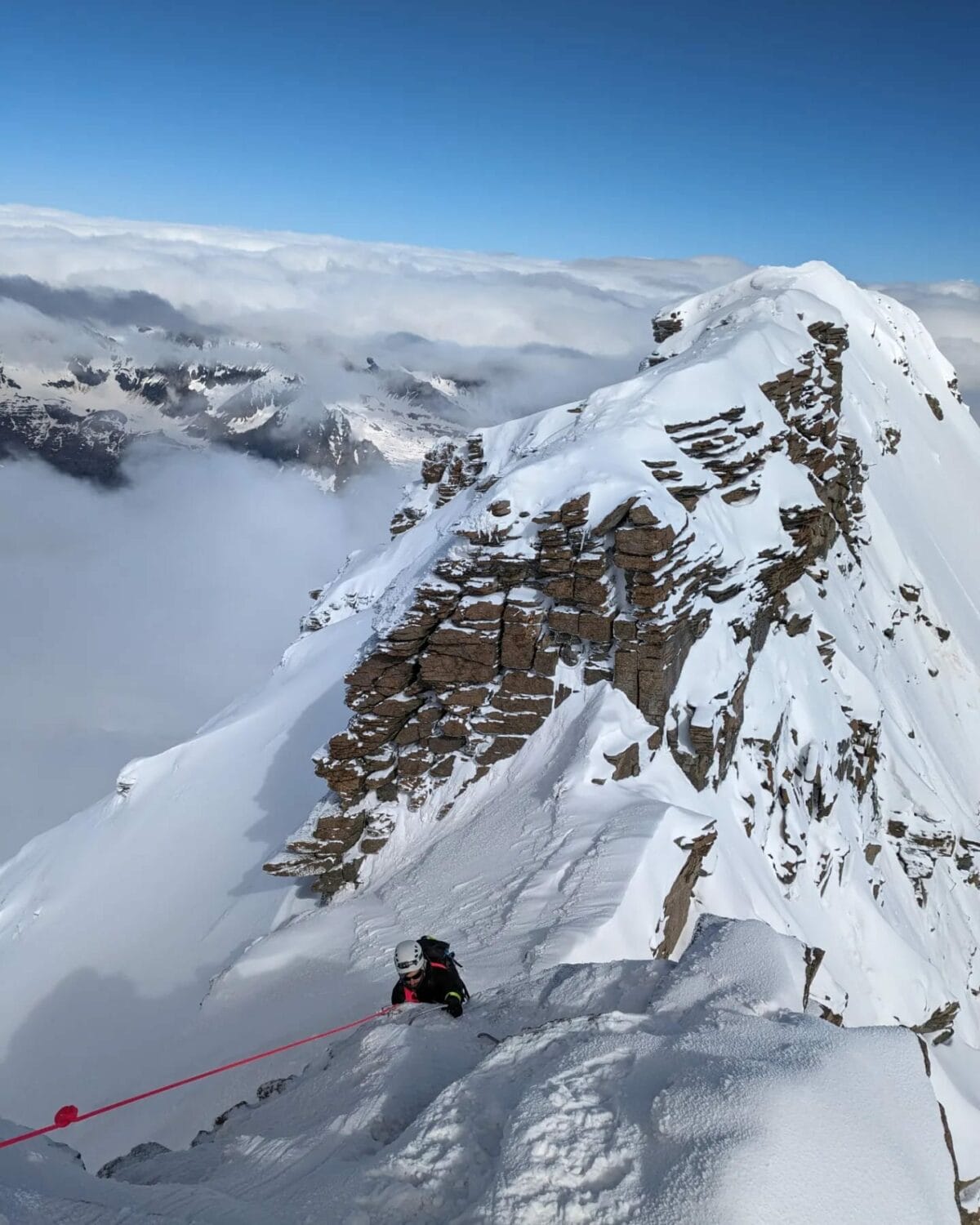

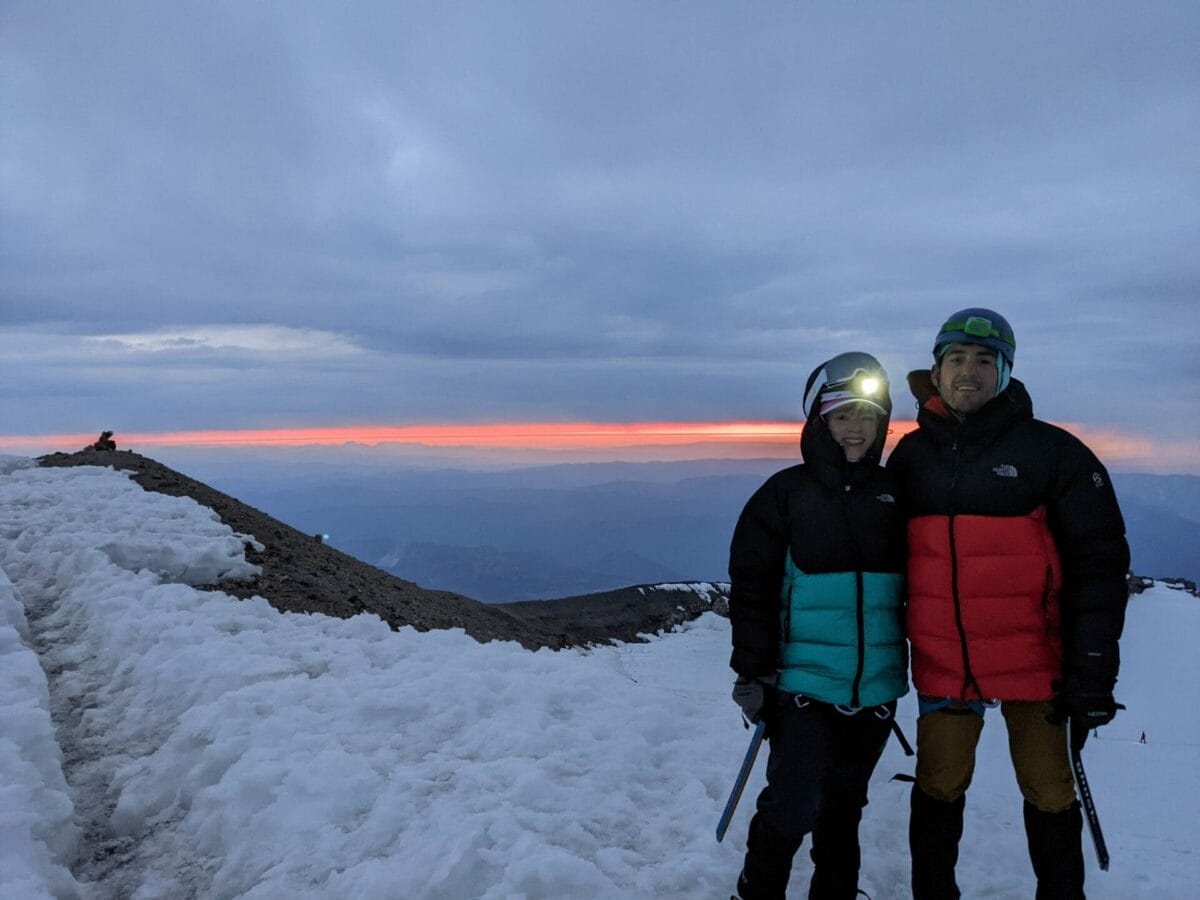
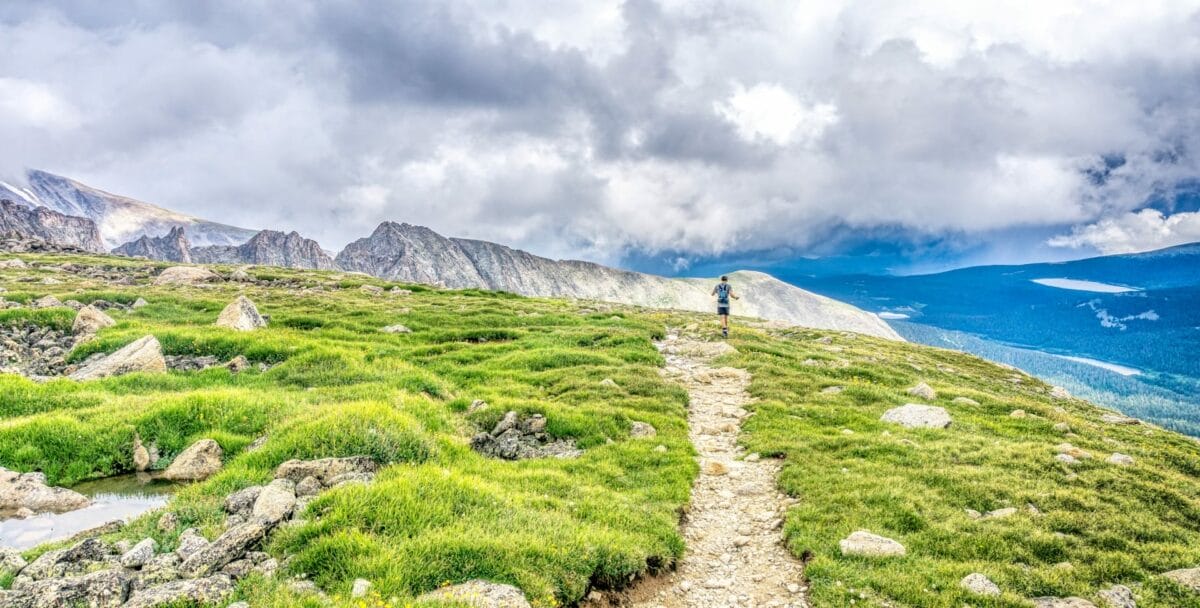


Sign up for updates that come right to your inbox.